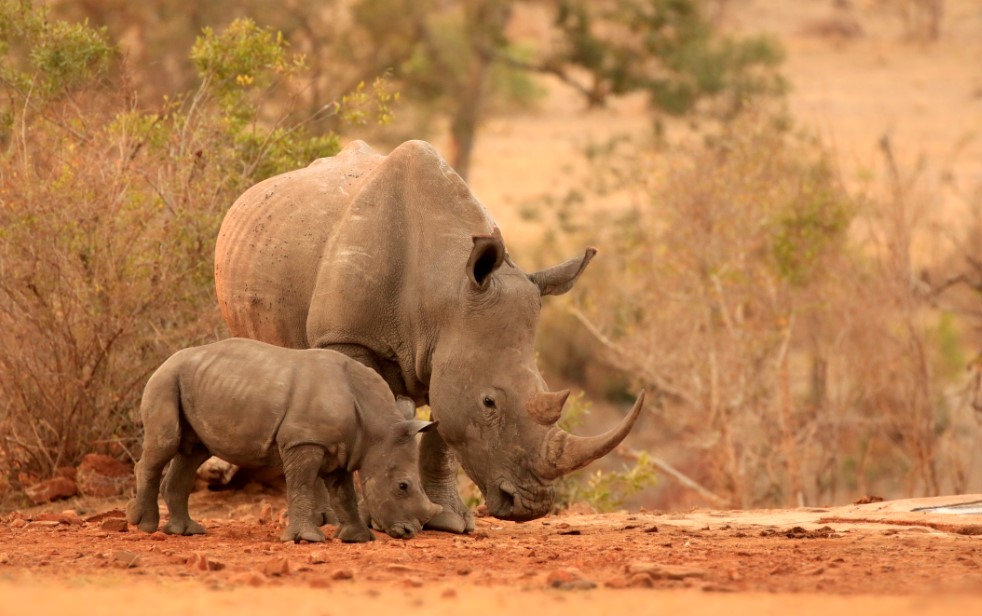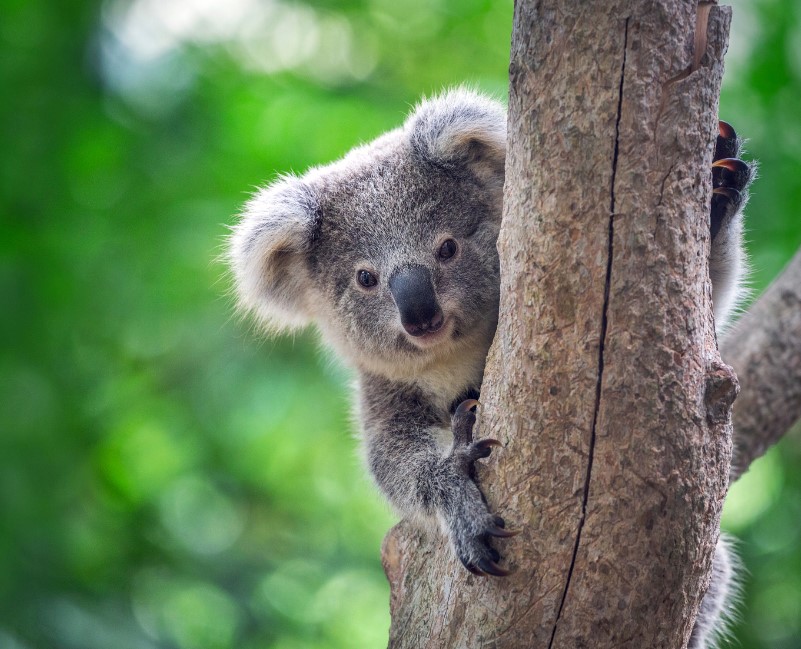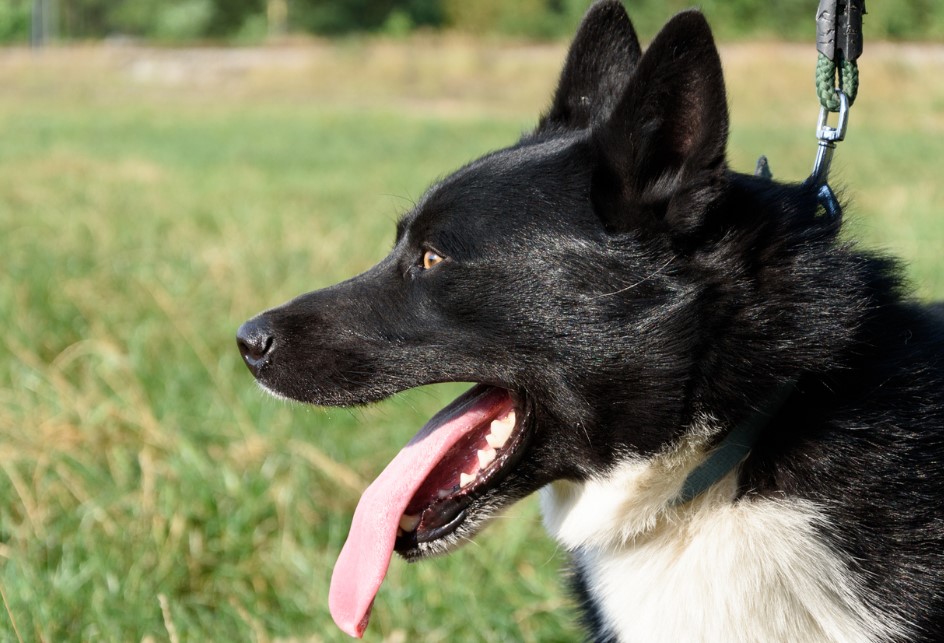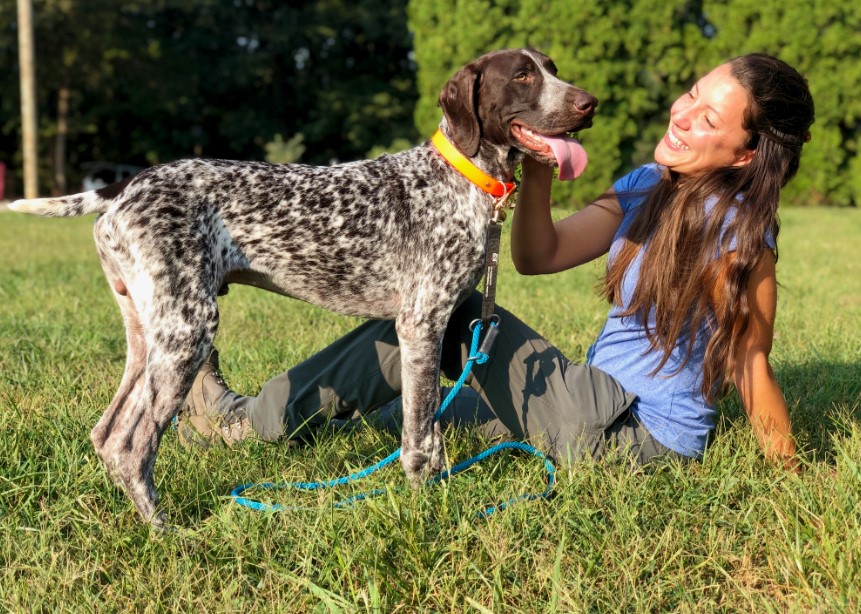Have you watched the news, browsed the internet or scrolled through your social media feed recently? Barely a week passes by without a story highlighting the dangers faced by many species around the world. Whether it’s the existential threat of climate change or the increasing presence of poachers and criminals, many of our most treasured creatures find themselves at risk.
As humans, we are now more aware of these threats than ever before. We are utilizing every tool in our arsenal to protect at-risk species. Thankfully, one of the most valuable assets we have in this ongoing fight has proven themselves to be consistently reliable.
Of course, we’re talking about dogs.
Dogs help us in so many ways. They can help individuals with disabilities, detect the presence of harmful substances on our streets, and help locate missing people. Now, they are truly on the frontlines in the global struggle to protect and preserve some of our most vulnerable species, helping humans by performing diligently as conservation dogs.
After all, when man needs help, who better to turn to than man’s best friend?
The third episode of Season Two of A Life of Dogs – A Climate for Change – featured three conservation dog teams from around the world. These incredible human-canine teams are striving to protect species as diverse as bumblebees, sea turtles and koalas. You can listen to the episode here:
In this article, we’ll look at the stories of conservation dogs from across the globe, exploring how these dogs perform their tasks and the differences they are able to make as a result.
Ending wildlife crime
Did you know that wildlife crime is a $23 billion global crime syndicate? In fact, only drugs, humans and weapons are more lucrative than trafficking wildlife. The desire for rhino horns, elephant tusks and pangolin scales are fueling this illegal trade, pushing some of these iconic species closer to extinction.
Conservation dogs play a vital role in preventing these crimes from being committed. Anti-trafficking dogs are active throughout Africa, and they help in a couple of major ways.
Firstly, even before poachers are able to act, detection dogs are able to help identify guns and ammunition – preventing their use. Vehicles traveling throughout commonly utilized trafficking areas can also be searched by detection dogs for rhino horns, elephant tusks and other illegal items.
In addition to detection, conservation dogs can also help through their tracking skills. This can be deployed in a couple of ways – either by helping to locate poachers hiding in vast, difficult terrain, or by leading rangers and scouts to the location of some of these vulnerable animals.

Koala scat detection dogs
Unprecedented bushfires in Australia made global headlines towards the end of 2019, with the season colloquially referred to as the ‘Black Summer’. It is estimated that up to 5,000 koalas died during the Black Summer – devastating for a koala population which was already in turmoil before the fires hit, due to deforestation and land clearing.
Dr. Romane Cristescu co-founded Detection Dogs for Conservation to help protect Australia’s wildlife. Pioneering the use of detection dogs to locate koala scat, Dr. Cristescu’s team is able to help monitor the status of koala populations. This is crucial in the aftermath of a crisis similar to the bushfires of recent years, but it also plays a key part in policy-making. This ongoing work will help to preserve the koala population for generations to come.
You can learn more about Dr. Cristescu’s work in the third episode of Season Two of A Life of Dogs, A Climate for Change.

Bear conservation dogs
Bears can often pose a danger to humans and other animals – but their adventures can often result in greater harm to themselves. Humans have often used lethal force to deal with a stray bear at a garbage dump or digging through household trash. With the size and speed differential, it is perhaps no surprise that the human-bear relationship has often been fraught.
Enter the bear conservation dog as a mediator!
This type of conservation dog was pioneered by Carrie Hunt, a bear biologist and founder of the Wind River Bear Institute. After studying how dogs used by wildlife rangers could scare bears away, Hunt decided to train dogs specifically for that purpose – a non-lethal method which still yields successful results, keeping bears and humans safe. There have been no reported injuries to dogs in these activities, either.
The most common type of bear dog is the Karelian Bear Dog, a breed with origins in hunting big game. To scare the bear away, these dogs bark and nip at its heels, similar to the actions you may typically expect with a herding breed. Sensibly, the bears are smart enough to learn not to return to that location.

New Zealand’s ‘threatened species’ dogs
Endemic to New Zealand, the kiwi is one of several species on the island nation which is vulnerable to predators and habitat changes. As a result, the country’s Department of Conservation has its own Conservation Dogs Programme, designed to help in efforts to protect the nation’s threatened species.
These conservation dog teams help to monitor the prevalence of certain species, in addition to guarding against pests and unwanted threats.
Bumblebee detection dogs
Man-made climate change affects many aspects of our daily lives. Problems such as deforestation and pollution will obviously have a detrimental effect on future generations. Yet something even more dangerous is occurring in plain sight – the animal and insect species which literally keep our planet alive are decreasing.
Jacqueline Staab is the handler of Darwin, a German Shorthaired Pointer who is trained to locate Alpine Bumblebee nests – one of only three dogs in the world to possess this capability. Many bee species are vital to maintaining the balance of Earth’s ecosystem. The alpine environment is key for identifying changes, as Staab explains:
“A lot of change is going to happen there [the alpine environment] before we feel it in lower elevations – as well as at the poles and in the arctic. This is mainly why we are doing research out there for this reason.
By finding those nests, we’ll be able to know the range, the population, and help us predict future trajectories for these different species – which right now, we don’t know. All we know is that the population is in decline.”
You can learn more about Staab and Darwin’s efforts by listening to the full interview in the third episode of Season Two of A Life of Dogs, A Climate for Change.





